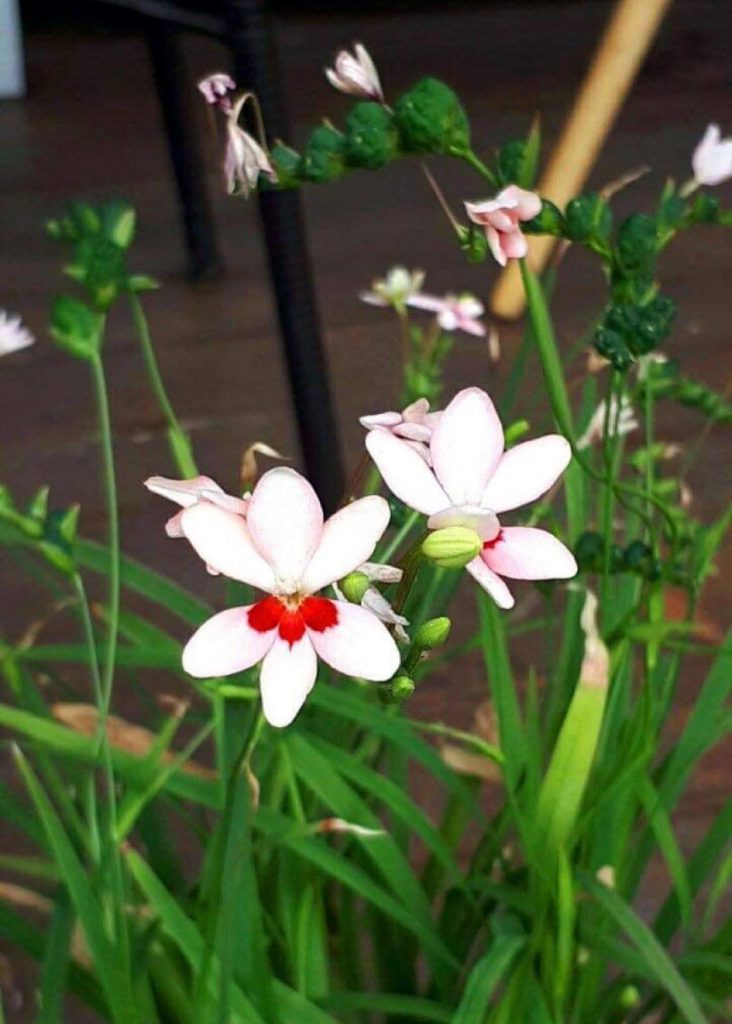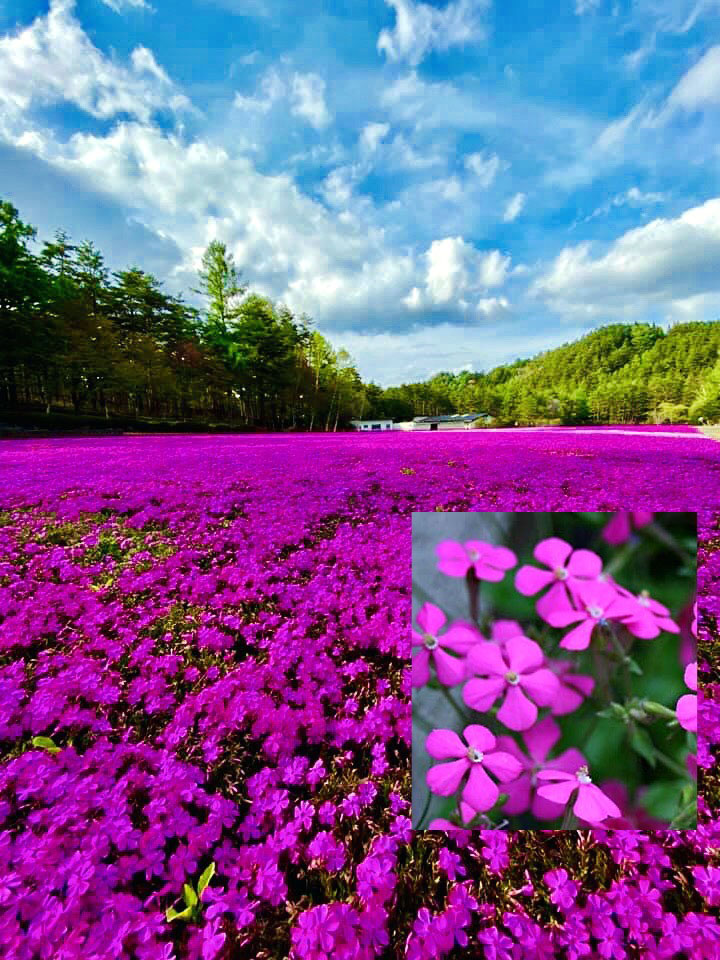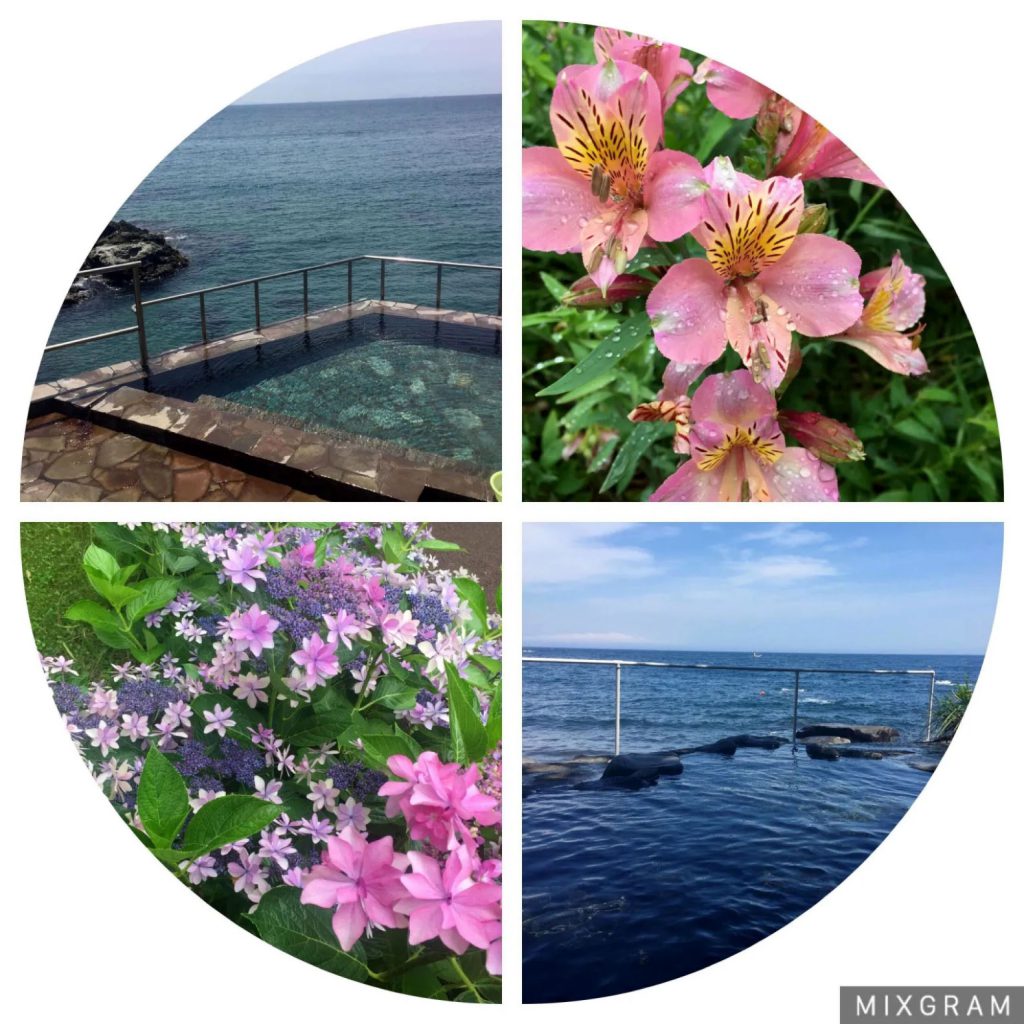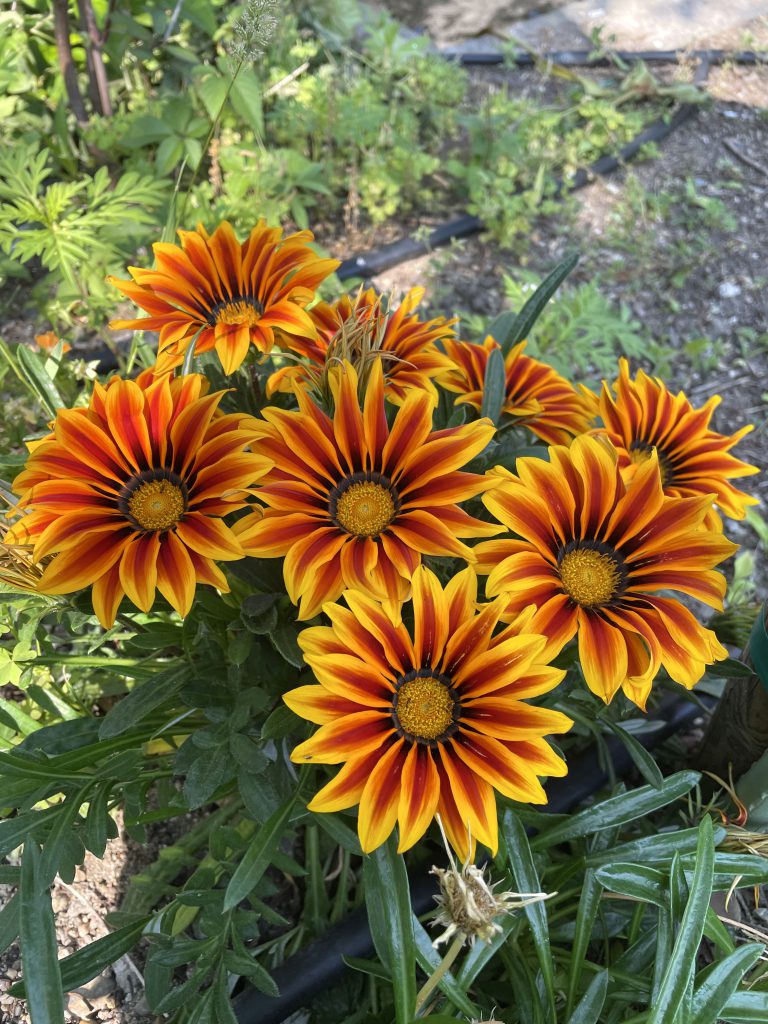
Hime-hiougi-ayame (Iris setosa) has bloomed. What a lovely flower! A similar flower is Hime-hiougi-suisen (Montbretia iris), but Hime-hiougi-ayame is a member of the Iridaceae family of freesia. On the other hand, Hime-hiougi-suisen is a member of the narcissus and is a completely different variety. Hime-hiougi-ayame is native to South Africa and has red, white, pink, etc. flower colors, all of which are accented with a deep crimson color at the base of his three petals on the lower side of the six petals. It has been cultivated for ornamental purposes in the Taisho era in Japan, but it has a very strong nature, and even spilled seeds bloom, and it is often seen that it blooms from cracks in concrete. With the rainy season coming in, hydrangea flowers have begun to bloom. The typical flowers of the season are good, but these modest flowers are also good.
ヒメヒオウギアヤメが咲きました。何と可憐な花だこと!よく似た花にヒメヒオウギズイセンがありますが、ヒメヒオウギアヤメはアヤメ科でフリージアの仲間。一方ヒメヒオウギズイセンはスイセンの仲間で全くの別品種です。ヒメヒオウギアヤメは南アフリカ原産で、花色は赤、白、桃色等があり、いずれも6枚の花弁のうち、下側の 3 枚の花びらの付け根に濃い紅色が入り、アクセントになっています。日本へは大正期に入り、観賞用に栽培されてきましたが、性質がとても強く、こぼれ種でも開花するほどで、コンクリートの割れ目から開花している光景もよく見受けられます。梅雨の入りを控え、紫陽花の花も咲き始めました。季節の代表的な花もいいですが、こうした控え目に咲く花もいいですね。









